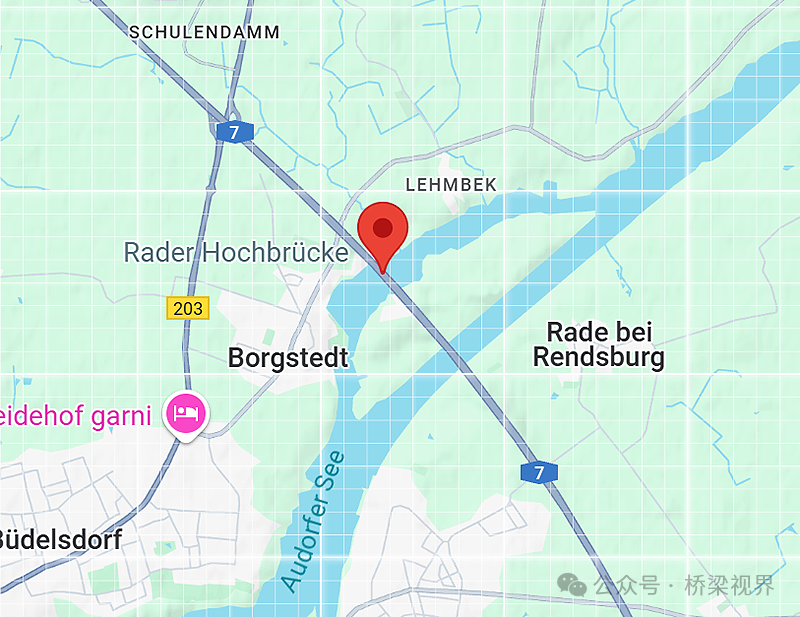
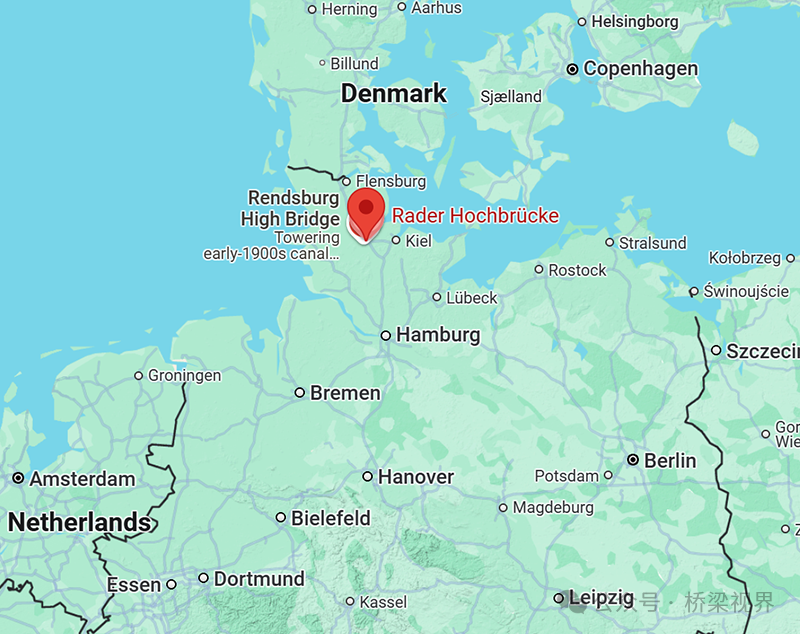
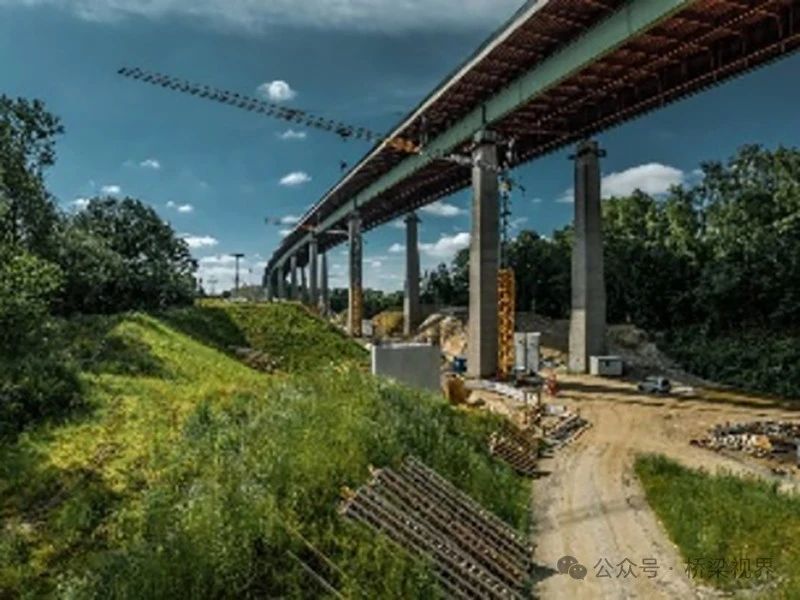
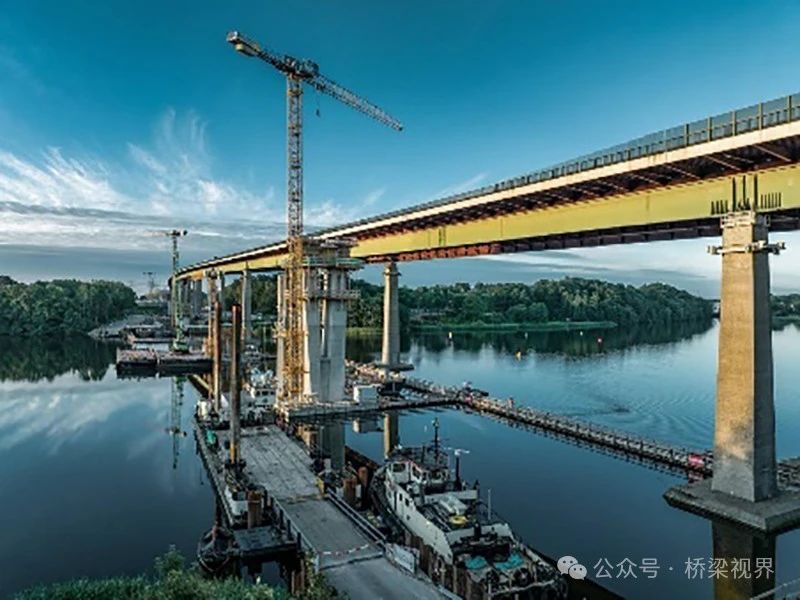
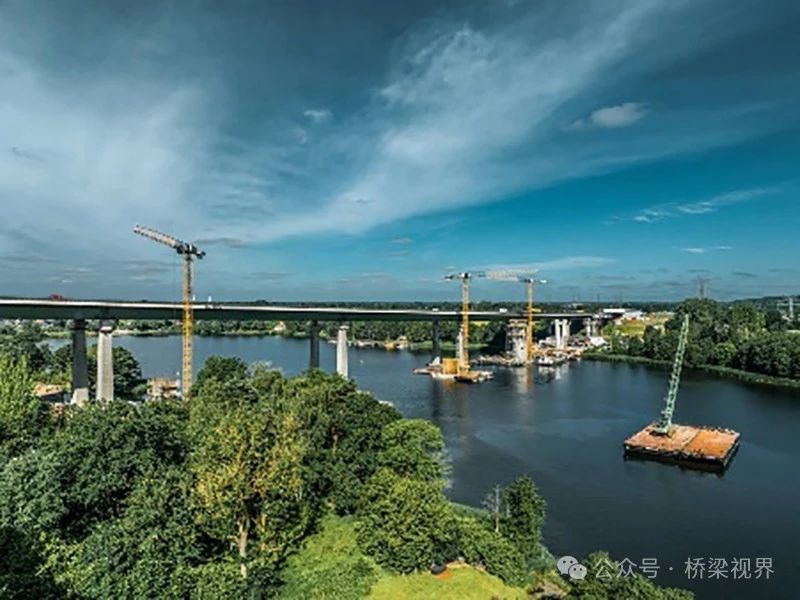
The Rader High Bridge replacement project in Schleswig-Holstein, Germany, is currently one of the largest bridge modernization projects in the country. The project is in its expansion phase, with large machinery taking center stage.
The Rader High Bridge is Germany’s second-longest steel structure highway bridge, opened to traffic in 1972, spanning the Kiel Canal. The bridge plays a crucial role in connecting Denmark and the Scandinavian Peninsula. However, due to enormous traffic volumes, the bridge’s lifespan is nearing its end. Therefore, the government has decided to reinforce the bridge piers, replace the girders, and widen the lanes.
On-site, 18 cranes operate simultaneously on land and water, from drilling piles 40 meters deep underwater to heavy lifting 56 meters in the air. The project implements rapid bridge construction techniques, with 15 sections being worked on simultaneously. This not only requires meticulous preliminary design but also demonstrates a concentration of equipment capabilities and organizational skills.
The new bridge’s four lanes will open to traffic in 2026. Then, the original bridge will be closed and demolished, and the lanes will be expanded to six lanes in both directions, with the project expected to be fully completed by 2031.
(Sources: Kieler Nachrichten, Liebherr Group official website)
Editor’s note: Schleswig-Holstein is Germany’s northernmost federal state and serves as a land transportation hub between Central and Northern Europe. It includes the southern part of the historical Duchy of Schleswig and most of the Duchy of Holstein. The state capital is Kiel, with other famous cities including Lübeck and Flensburg.
The famous Kiel Canal runs through this state and is one of the busiest artificial waterways in the world.
